Alpaca wool socks have quickly become a favorite among those looking for durability and comfort in their everyday wear. These socks are ideal for outdoor activities such as hiking and camping, but they are just as comfortable to wear at home or while at work thanks to their cozy touch.
Keep reading to learn more about owning alpaca wool socks and why they’re such a big hit with buyers of all ages.
Table of Contents
What are the benefits of alpaca wool socks?
Can people with wool allergies wear alpaca wool socks?
Alpaca wool socks vs. merino wool socks
How to care for alpaca wool
Global market value and search trends for alpaca wool socks
Most common types of alpaca wool socks
Outdoor alpaca socks
Casual alpaca socks
Dress alpaca socks
Final thoughts
What are the benefits of alpaca wool socks?
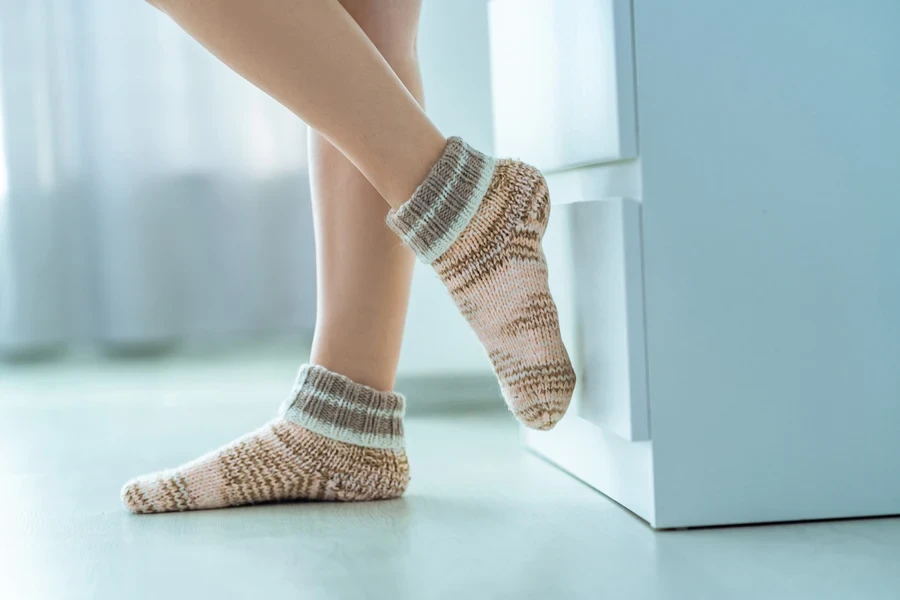
There are several key benefits that make alpaca wool socks stand out from traditional wool socks and cotton socks, and which make them preferred for overall foot health:
- Alpaca wool socks are moisture-wicking, which helps to reduce the risk of blisters and helps to keep the feet dry when excess moisture builds up. This ultra-breathable alpaca wool is the best warm weather material for socks as it reduces the risk of bacteria building up too.
- They’re known for their exceptional warmth as alpaca fibers have a hollow core that allows the heat to be trapped more than with sheep’s wool. The fibers are also very durable and resistant to pilling. This is why they’re the perfect choice for cold weather and outdoor activities. They can last for years despite the climate, which makes them a must-have for many buyers.
- These socks are hypoallergenic as they don’t contain the common allergen known as lanolin, so they’re a good option for buyers with wool sensitivities.
- Alpaca wool socks offer unparalleled comfort, featuring a low micron count, which gives them a luxurious and naturally smooth feel. This helps to lower the risk of blistered feet and keeps the skin less irritated over time.
- This type of wool is naturally antimicrobial, making it resistant to odors even after extended periods of wear.
- The eco-friendly nature of alpaca wool is a big draw for people who are conscious about their environmental footprint. The sustainable natural fibers of alpaca wool go through no harsh chemical treatments and offer the lowest moisture retention rate of all natural fibers.
- Alpaca wool socks are thermoregulating, which means the material can adapt to the body temperature of an individual. This helps to keep feet cool in hot conditions and warm in colder temperatures, so they can comfortably be worn throughout the year.
Can people with wool allergies wear alpaca wool socks?
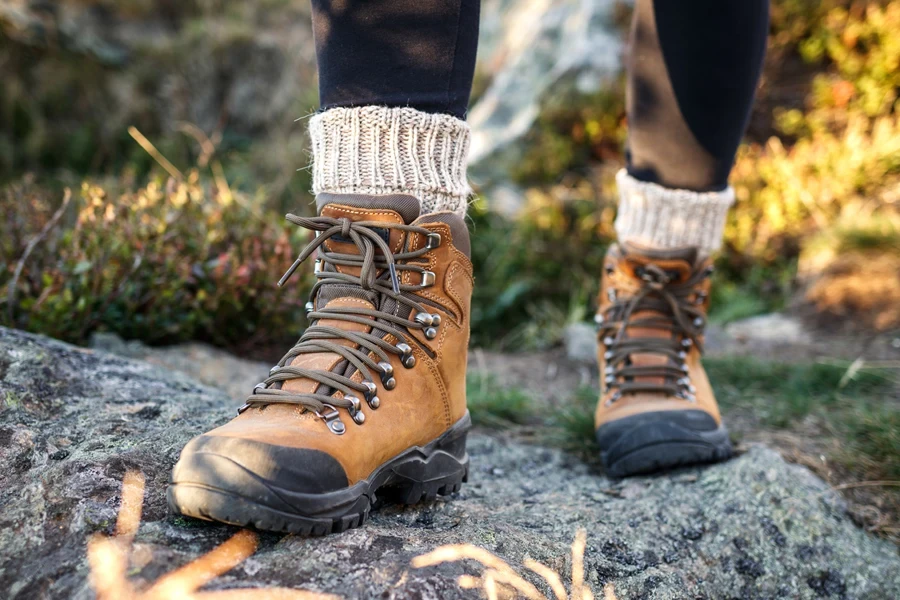
The majority of people who have wool allergies will be able to wear alpaca wool socks without irritation. As alpaca wool doesn’t contain lanolin, it’s much gentler than sheep’s wool, which is why it’s preferred by people with sensitive skin. The fibers are smoother and cause less irritation, so the socks are comfortable to wear for prolonged periods of time without itchiness occurring.
People who suffer from severe textile allergies and sensitivities should briefly test the alpaca wool socks before purchasing several pairs to ensure they’re comfortable.
Alpaca wool socks vs. merino wool socks
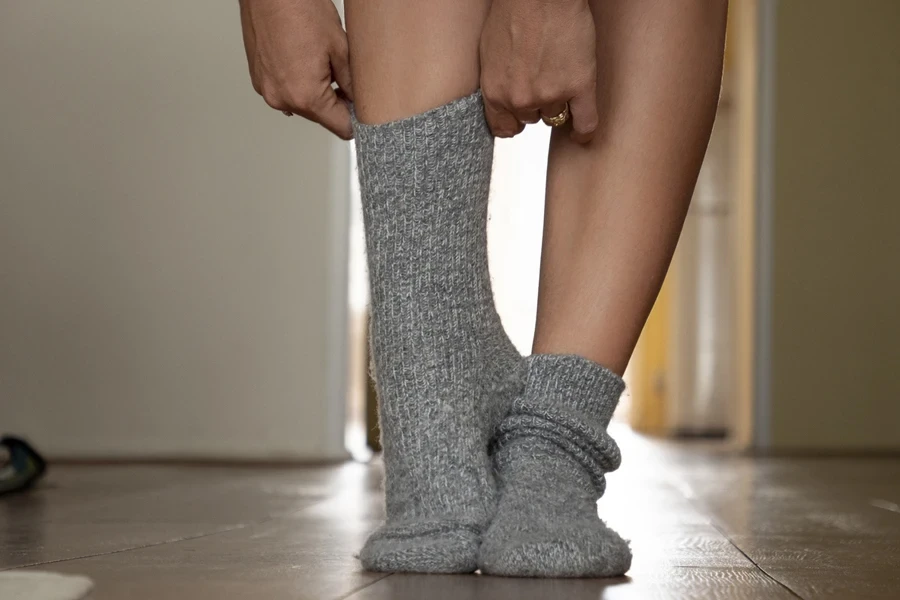
Alpaca wool socks offer wearers thermal efficiency as well as a plush texture. The air pockets within each fiber have natural insulation, so they’re able to retain warmth even when they’re damp. Those looking to wear alpaca wool socks in cold temperatures or for outdoor use will be pleasantly surprised at how highly resistant to wear they are. The almost silky finish of these socks gives them a touch of luxury, even if they’re being worn casually.
Merino wool socks, on the other hand, are popular for their versatility and active use. The natural crimp of the merino wool provides additional resilience and stretch, and their fine fibers make the socks soft without bulk. Merino is a popular material for performance activities, especially in areas where the temperature is known to fluctuate.
The downside to merino wool is that it isn’t as insulated as alpaca wool. However, it’s a good lightweight alternative that’s very breathable in all seasons and environments.
How to care for alpaca wool
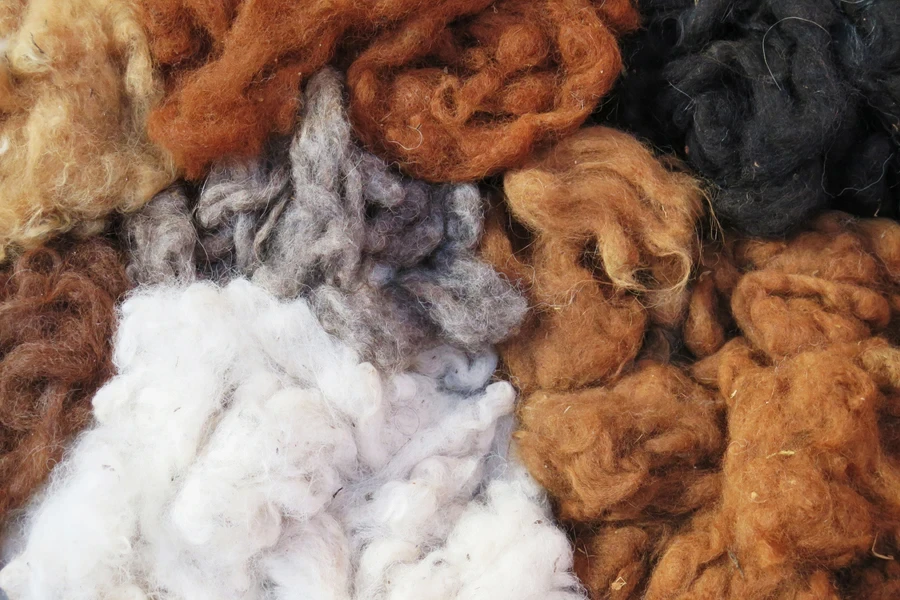
Although alpaca wool fibers are naturally strong, they need to be properly cared for to ensure their longevity and softness.
When possible, it’s recommended that alpaca wool be hand-washed using cold or lukewarm water, with a wool-safe detergent. Any type of bleach or fabric softener needs to be avoided. If using a washing machine, ensure that the socks are put on a wool or delicate wash cycle with cold water to avoid the colors running or shrinkage. It helps if the socks are placed in a mesh bag for additional protection.
After washing the socks, use a towel to press out the excess water and lay them flat to dry. Make sure they’re not in direct sunlight or heat, though. Alpaca wool is one material that doesn’t require a lot of maintenance or washing, so airing them out between uses can help to preserve their overall feel and shape.
When storing alpaca wool socks, leave them in a breathable space and avoid putting them in airtight containers in order to maintain the integrity of the fibers.
Global market value and search trends for alpaca wool socks
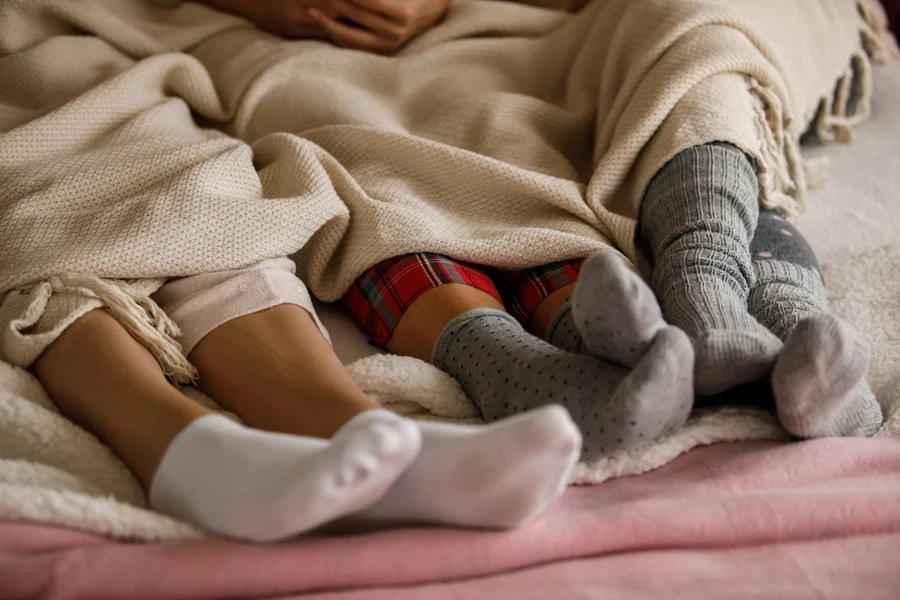
The latest socks trends are seeing a peak in demand for all types of alpaca wool socks. In 2024, the global market value of alpaca fiber reached USD 3.2 billion. This number is expected to increase with a compound annual growth rate (CAGR) of 3.9% between 2025 and 2034. This will bring the total market value up to approximately USD 4.7 billion by the end of this projection period.
In terms of Google search trends, the latest figures show that the average monthly search volume for “alpaca wool socks” reached 40,500 in 2024. The most searches came in January and December, which accounted for over 35% of the total annual searches.
Most common types of alpaca wool socks
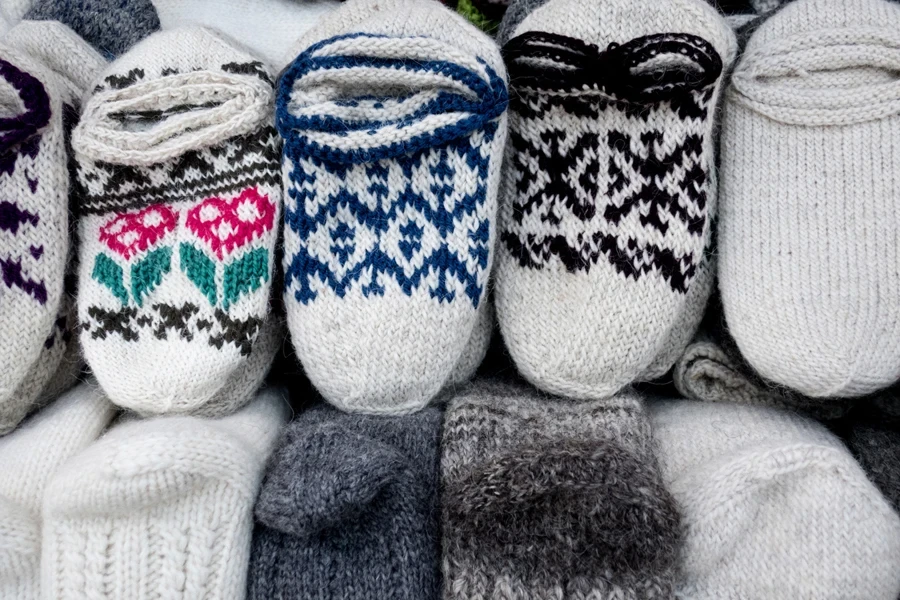
Alpaca wool socks are available in several different styles, often in a solid color, and each one is suited to certain activities and seasons. Here are the most common:
Outdoor alpaca socks
These types of alpaca socks are designed with outdoor use in mind and are among the best sellers. They’re known for their durability and thermal properties, and they’re typically a midweight or heavyweight blend that provides ample cushioning. Insulation and moisture-wicking properties are also highlights of outdoor alpaca socks, making them ideal for outdoor excursions or for wearing in colder weather.
Buyers will want the best quality alpaca wool if they’re hiking in a snowstorm or expect to encounter harsh weather conditions to ensure they have warm feet throughout the duration of their time outdoors. Some socks will include grips on the soles to prevent sliding and bunching so no distractions will occur.
Casual alpaca socks
One of the most popular types is casual alpaca socks. These socks are made with breathability in mind, so they’re very lightweight and comfortable to wear throughout the day. Although they’re less bulky than outdoor versions, casual socks still offer a good degree of warmth so they can easily be worn for outdoor activities or with casual footwear. Casual alpaca socks are also ideal gifts for people who love good socks that are odor-resistant.
Dress alpaca socks
Alpaca socks are predominantly known for their outdoor benefits, but the popularity of the material has created a demand for thinner dress alpaca socks too. These socks are much thinner than other versions so they’re ideal for wearing for formal occasions or during board meetings. They provide subtle warmth despite their thin and sleek design, and they make a great option for people who suffer from textile irritations.
Final thoughts
Buyers looking for cozy, hypoallergenic socks will find that alpaca wool socks are the best option. These socks blend warmth, comfort, and durability in a way that no other socks on the market offer. Although they’re predominantly used for outdoor activities, alpaca wool socks are quickly becoming must-haves for use in casual and business settings too.
Demand is only set to increase for these eco-friendly accessories, as men and women look to invest in long-lasting and sustainable items from companies.
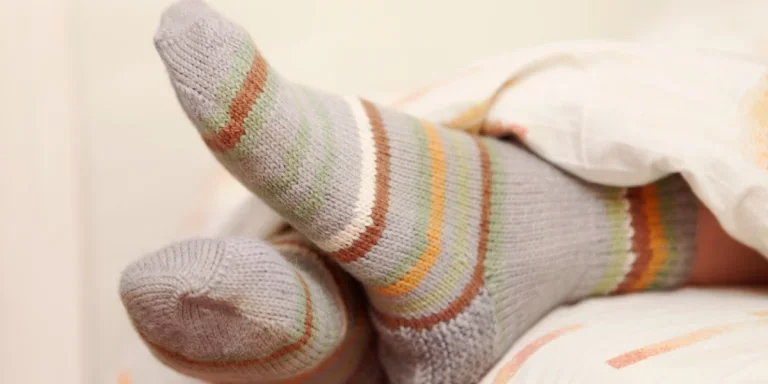




 Afrikaans
Afrikaans አማርኛ
አማርኛ العربية
العربية বাংলা
বাংলা Nederlands
Nederlands English
English Français
Français Deutsch
Deutsch हिन्दी
हिन्दी Bahasa Indonesia
Bahasa Indonesia Italiano
Italiano 日本語
日本語 한국어
한국어 Bahasa Melayu
Bahasa Melayu മലയാളം
മലയാളം پښتو
پښتو فارسی
فارسی Polski
Polski Português
Português Русский
Русский Español
Español Kiswahili
Kiswahili ไทย
ไทย Türkçe
Türkçe اردو
اردو Tiếng Việt
Tiếng Việt isiXhosa
isiXhosa Zulu
Zulu